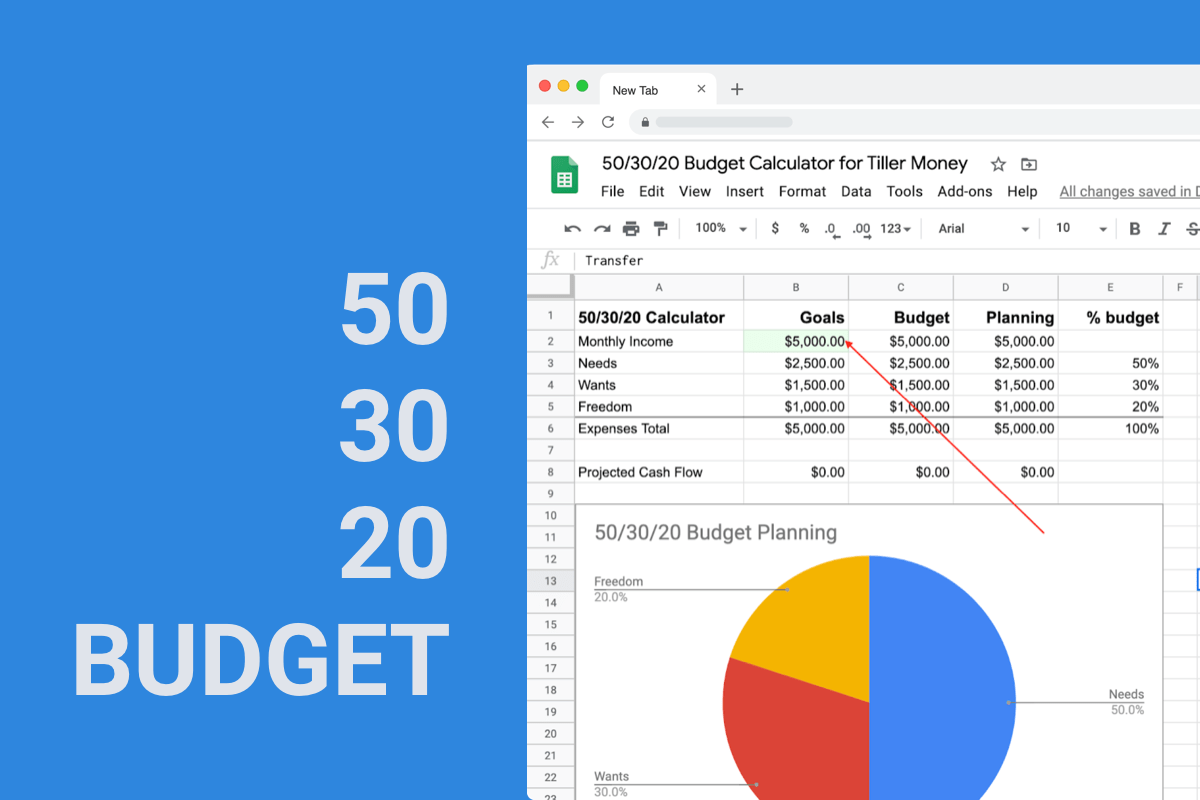Tips on Budgeting While Managing a Chronic Disease

When you have a chronic condition, dealing with medical costs can seem like adding insult to injury.
Not only do you have to endure persistent symptoms and manage a treatment plan, you also have to spend considerably more on healthcare than everyone else. The worst part is, that burden never really goes away.
But life goes on, and most chronic disease sufferers find a way to move forward.
Financially, that means budgeting for the costs brought on by their condition. When you’re faced with high expenses and a modest income, budgeting is the road map to making it all work.
If you have a chronic disease, here are some of the best ways to budget for your treatment costs.
Why Budgeting is Important
When you have a chronic disease, healthcare costs are never far from your mind. Every time you go to the doctor’s office or pick up a new prescription, you’re reminded of just how expensive it is to be sick.
For low-income earners or those with poor insurance coverage, budgeting and tracking the cost of chronic disease is especially important. Healthcare costs increased by 3.9% in 2017 from the year before, nearly double the rate of inflation. Monthly premiums went up 5% in 2018, and the promise of universal healthcare still seems far off.
People with chronic diseases have to put a larger share of their salary toward managing their condition, so their financial management skills have to be better as well.
For people in this position, it’s not just about avoiding debt or reaching savings goals – it’s about making sure they can afford their co-pays so they can get the medical care they need.
How to Budget for a Chronic Disease

Go through last year’s medical bills and add up exactly how much you spent on your chronic condition, including co-pays, premiums, lab work, imaging, specialist visits and more.
Create a spreadsheet with this information, and then make a new column with an estimate of how much you’ll pay this year.
If you want to be as accurate as possible, compare your current insurance plan to last year’s to see if anything has changed, like an increase in your co-pay or a decrease in your out-of-pocket max. It’s not uncommon for coverage amounts to change even if you purchased the same plan.
You can also call your doctor’s office and ask if any of their prices have changed. If prescriptions are a huge part of managing your chronic disease, see if those prices have fluctuated. A recent example is the cost of insulin, which has increased significantly over the past few years, sometimes as high as 353% .
How to Save on Healthcare

If your medical costs are staggering, you may be able to deduct them on your taxes. In 2019, taxpayers could deduct any of their medical expenses that exceeded 10% of their adjusted gross income (AGI).
If your AGI was $50,000, you could deduct any medical expenses that exceeded 10% of that, or $5,000. So if you spent $6,500 on medical expenses, you could deduct $1,500 of that from your taxable income.
This includes insurance premiums, prescription medication, and doctor’s visits. You must itemize your deductions in order to receive this deduction. Most people find it better to take the standard deduction instead of the itemized deduction, so do the math to see what makes more sense.
Ask your doctor if they have any special discounts for patients struggling to pay their bills. When I was part of a large hospital network, they shaved off 10% if I paid my bill in full over the phone. That may not sound like much, but 10% adds up when you’re paying for expensive medical care.
Some offices will charge less if you pay in cash and don’t bill your insurance, while others have a sliding scale rate if you earn below a certain amount. Never be too proud to ask what discounts are available.
Before signing up for health insurance, examine all your insurance options, like buying off the exchange, choosing your spouse’s plan or sticking with your employer’s plan.
Plans change every year, so it’s smart to reevaluate instead of sticking with the same plan.












